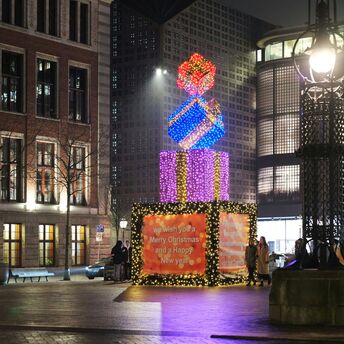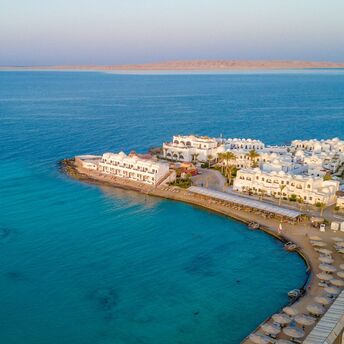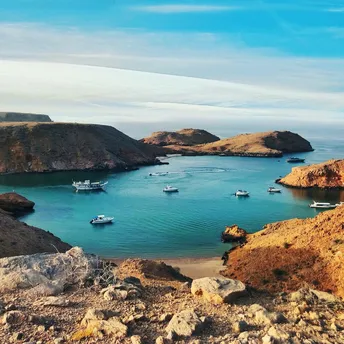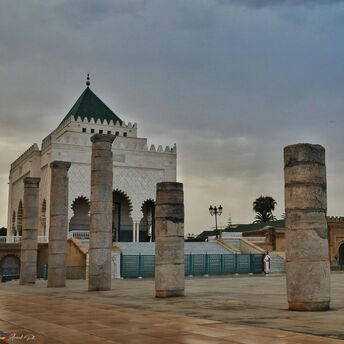Ancient Pilgrimage Path Connects Travelers to Historic Delphi

The historic path running through the Amfissa Valley in central Greece is once again capturing interest because of its important role in the region’s cultural heritage. For thousands of years, pilgrims have walked this path on their way to the sanctuary of Apollo, where the Oracle was thought to offer prophecies that shaped both political events and personal lives across ancient Greece.
Delphi, positioned high on the slopes of Mount Parnassus between the Phaidriades cliffs, was among the most significant cultural and spiritual centers of antiquity. The site acted as a neutral ground where various city-states gathered to find peaceful resolutions to their conflicts and where the Pythian Games were held, ranking just below the Olympics in significance. Visitors to the site can see the remains of temples, altars, and a stadium, all of which reflect the longstanding ancient Greek tradition of locating sacred sites on elevated terrain.

For present-day visitors, walking the original trail from the ancient port of Kirra to Delphi’s sanctuary offers both historical insight and a physical connection to the landscapes of the past. Those who travel along the route walk through ancient olive groves that contain more than a million trees, many of which have been tended for centuries, providing a combination of archaeological importance and well-preserved natural beauty.
The pathway also provides access to the Corycian Cave, a site of worship predating the Oracle’s temple. Traditionally associated with ceremonies for Gaia, nature nymphs, and Pan, the cave remains a place where visitors make offerings today. The connection provides travelers with the option to explore various ancient sites in the area without relying entirely on contemporary means of transport.

Public availability of the route contributes to Greece’s cultural tourism by allowing travelers to experience historical landscapes in a deeper and more personal way. Traveling to this destination provides visitors with more than a look at archaeological remains because it enables a deeper understanding of the cultural landscape and the traditions that defined ancient Greek society.



















